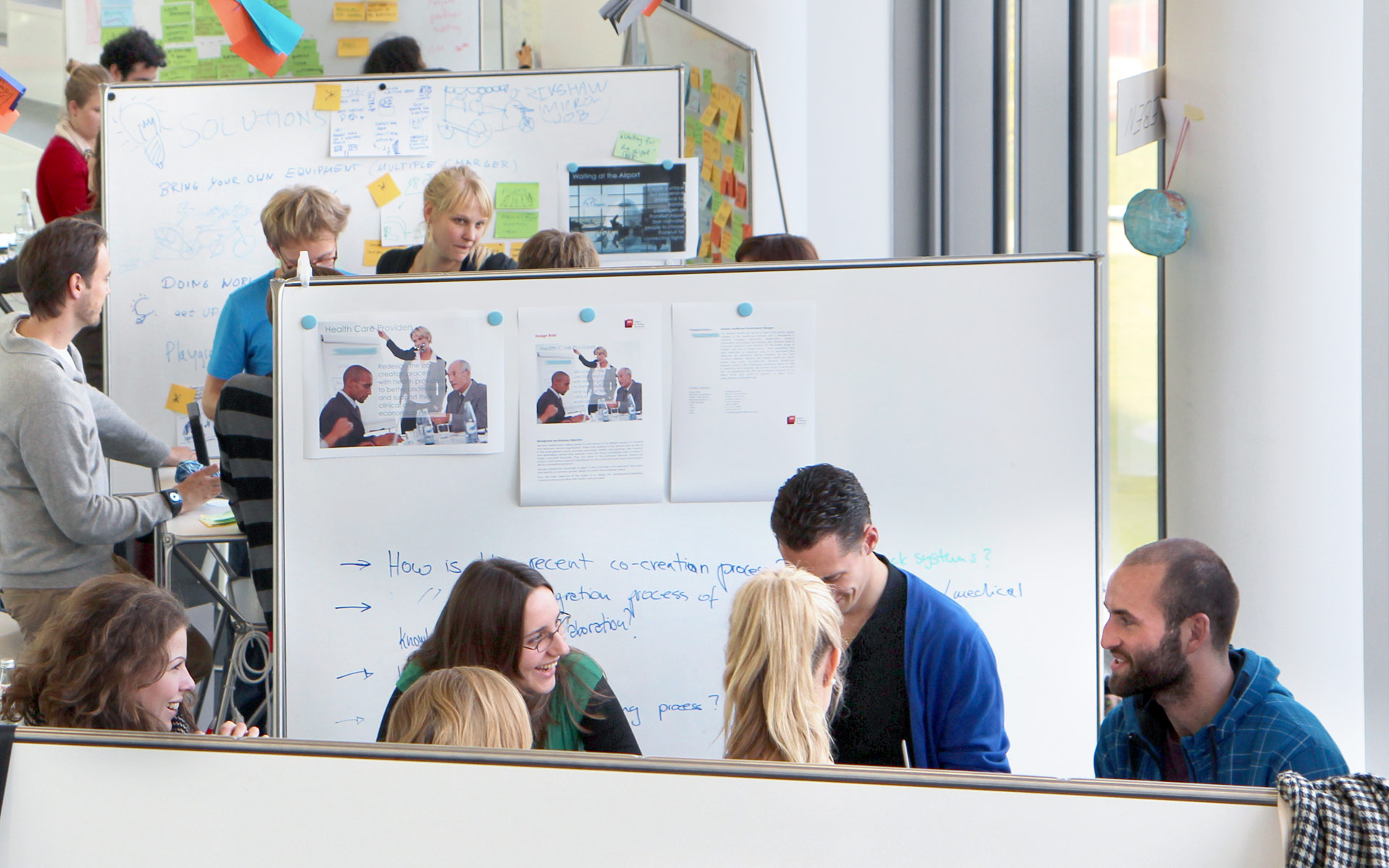Rumor has it that Larry arrived at Stanford in time to register for autumn quarter in 1958. He was fresh off the high school baseball team and still wet from a summer's surfing at the Rincon and related Santa Barbara, CA, wave places. An engineering design career was vaguely foreshadowed by early experiences with model airplanes, firebombs and his first surfing experiences with a balsa board, maybe 5 guys in the water. There had to be a better way, so he built his first foam and fiberglass board when there were 10 guys in the water. By the time he graduated from Stanford he was on his 4th board and a typical Rincon day (see also Steamer's Lane, Santa Cruz) would have upwards of 50 people in the water.
Things changed. Six months at Stanford in Florence transformed the beach guy into a nascent global academic entrepreneur. On completing his bioengineering (neuroscience) doctoral thesis at Stanford (private pilot license included (ask Bernie)), he worked for several years in Zurich Switzerland, discovering the country, Europe and the lovely wife who would come to share four children with him.
Open to interpretation, he may be the only guy on the Stanford d.school team who has already lived five or more d.school lives. With a first generation product design master degree, he subsequently taught in the program on returning to Stanford in 1976. His experience in bioengineering at Stanford, NASA, and ETH-Zurich is embodied in today's Medical Device Design program. Conceiving and implementing the Smart-Product-Design Program was a precursor to embedded systems and ubiquitous computing, as we know it today. His founding of the Stanford-VA Rehabilitation Engineering program is now embodied in the Biomechanics and Bioengineering programs. As it became increasingly clear that the "Renaissance-Man" of the 21st century would be a "Renaissance-Team," the Center for Design Research at Stanford was born to re-invent design-thinking at the team versus solo level. Academic credits include: 5+ patents; 20 something book chapters; 30 something hard core journal papers; 250 or so refereed proceedings papers; and 40+ successful Ph.D. advisees.

